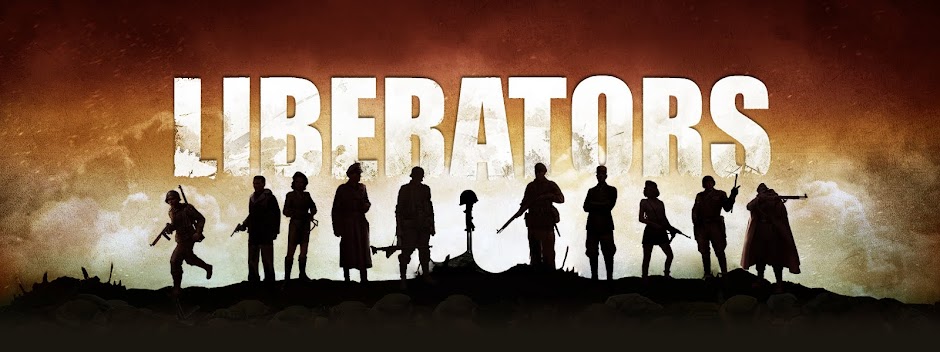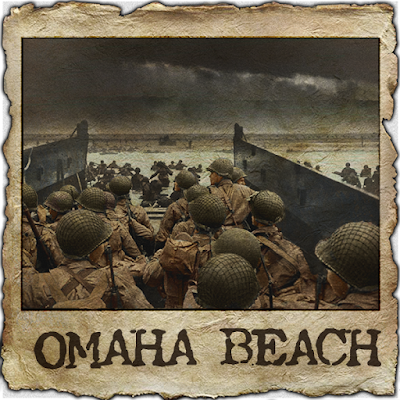Liberators features historic World War II battles. Often called the beginning of the end for Nazi Germany, the Allied storming of Omaha Beach on the coast of Normandy was a bloody but triumphant affair. What changes will you make when your soldiers go charging toward the war-torn shore?
Omaha Beach was the codename for one of the five sectors of the Allied invasion of occupied France in Germany in the Allies on 6 June 1944, during the Second World War. Omaha is located on the coast of Normandy, France, facing the English Channel, 8 km (5 miles) long, from east of Sainte-Honorine-des-Pertes west of Vierville-sur-Mer on the right bank of the Douve River estuary , Landings were here to visit the British landings at Gold connect with the American landing in Utah with the East to the West, creating a continuous supply to the Normandy coast of the Bay of the Seine necessary. Among Omaha it was the responsibility of US Army soldiers, the British Royal Navy are provided with the maritime and naval gunfire support from the United States Navy and elements.
On D-Day, the untested 29th Infantry Division, are managed directly from Pointe du Hoc, together with nine companies of US Army Rangers, Sturm should the western half of the beach. The battle-hardened 1st Infantry Division was given the eastern half. The first assault waves, consisting of tanks, infantry and pioneers forces were carefully planned to reduce the coastal defenses and thus, end up the larger ships of the follow-up waves around.
The primary objective at Omaha was a bridgehead of about eight km (5 miles) to secure depth, between Port-en-Bessin and the Vire River, linking with the British landings at Gold to the east, and the achievement of the area of Isigny to connect the west with VII Corps landing at Utah. Against the landings was the German 352nd Infantry Division, a large proportion of them were teenagers, though they were supplemented by veterans who had fought on the Eastern Front. The 352nd was never a battalion or regimental training. Of the 12,020 people of the division, only 6,800 were experienced combat troops, detailed to defend a 53 km (33 Miles) forward. The Germans had been largely implemented in bases along the coast-German strategy is based on defeating any seaborne assault at the water line. Nevertheless, given Allied calculations indicate that Omaha's defenses were three times as strong as the one that she had met during the Battle of Kwajalein and its defenders were four times as many.
Very little went as planned during the landing at Omaha. Difficulties in navigation caused the majority of landing craft to miss their targets throughout the day. The defense was unexpectedly strong and inflicted heavy casualties during the landing of US troops. Under heavy fire, the engineers struggled to the beach obstacles; later landings for the few channels that have been deleted bundled. Weakened by the losses made only during landing, was the surviving stormtroopers not heavily defended exits clear from the beach. This led to further problems and therefore delays for later landings. Small penetrations were eventually by a group of survivors making improvised assaults achieved, scaling the cliffs between the most defended points. By the end of the day, two small isolated points was obtained, which were then inland exploited against weaker defenses further, thus achieving the original D-Day objectives over the following days.
Relive the Omaha Beach battle in Liberators!


No comments:
Post a Comment